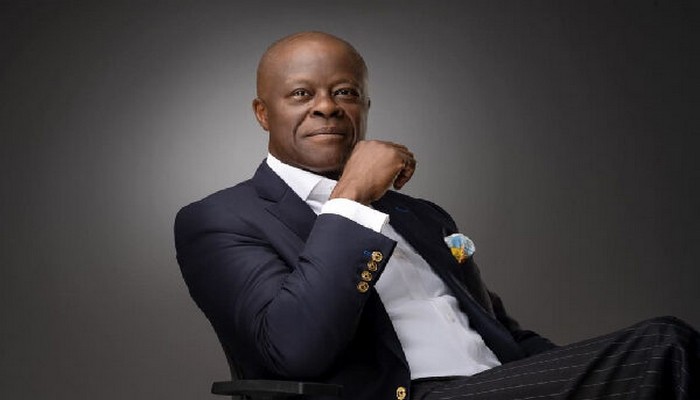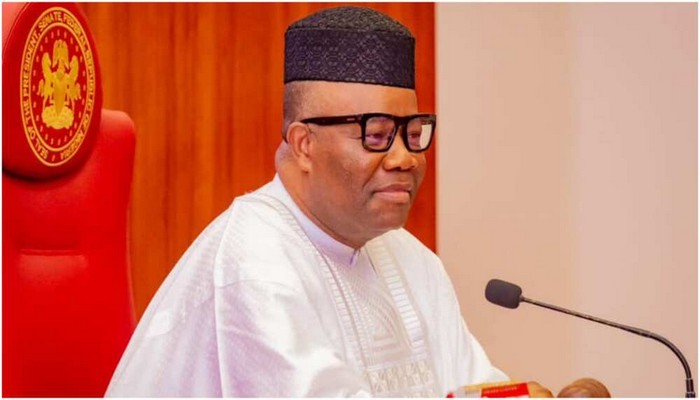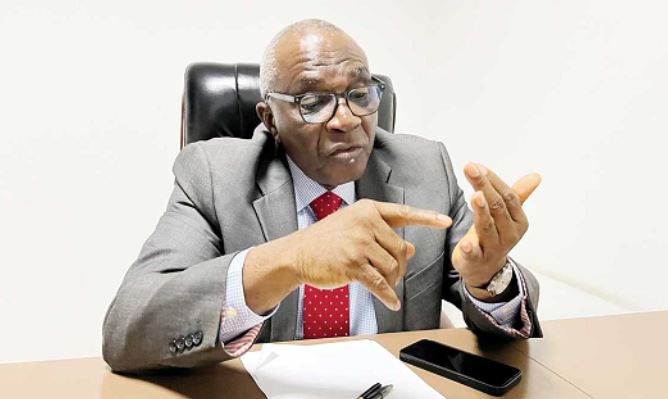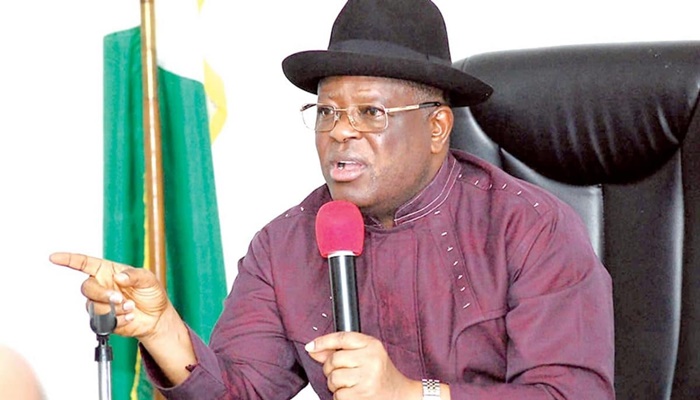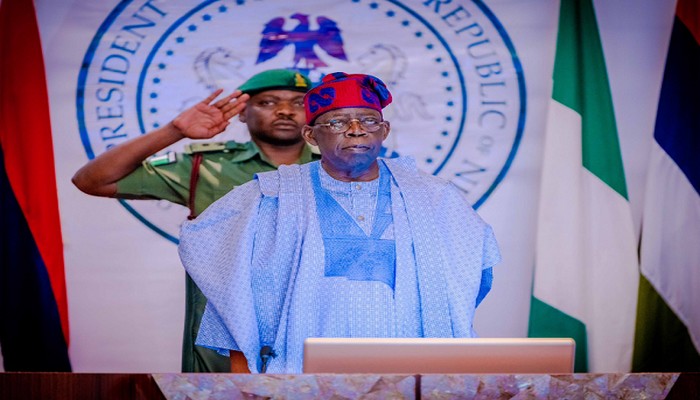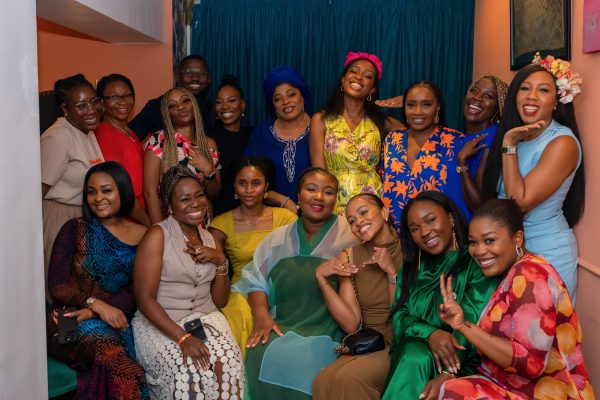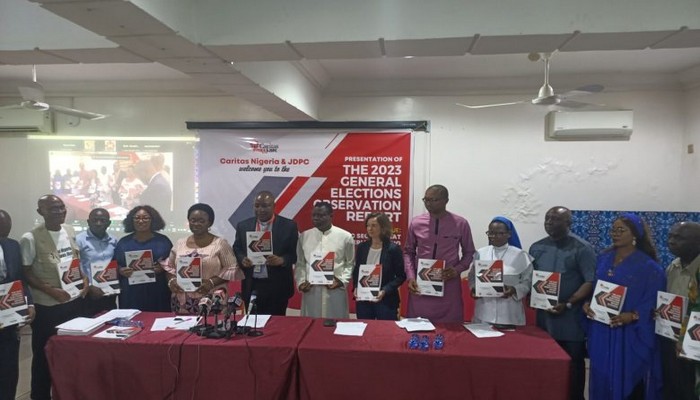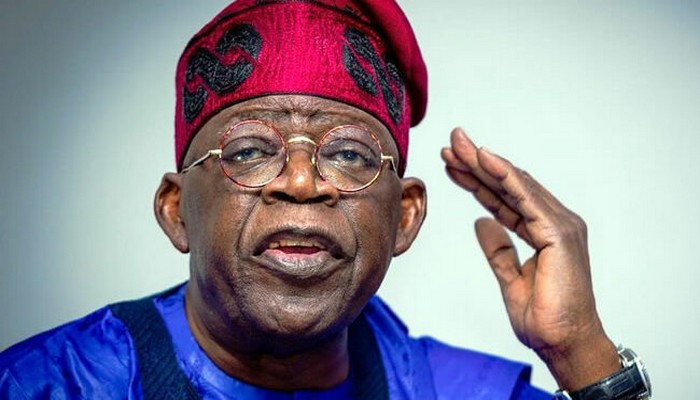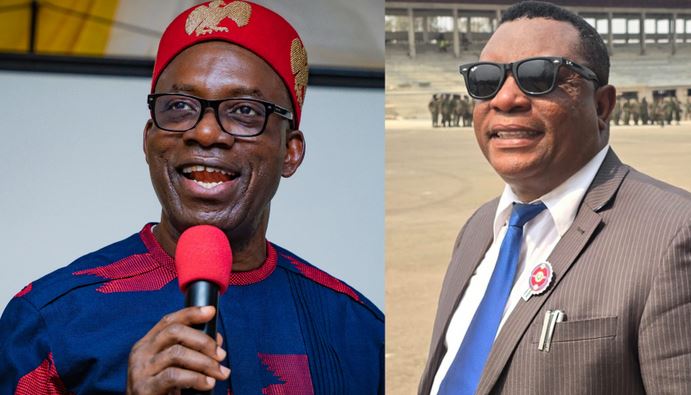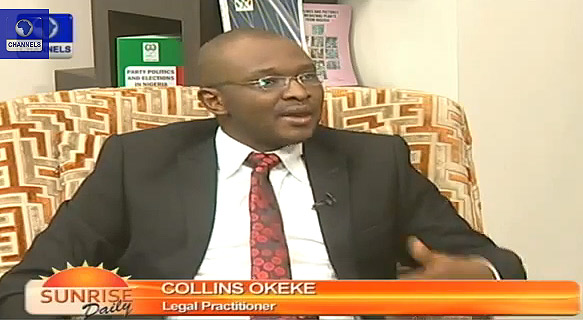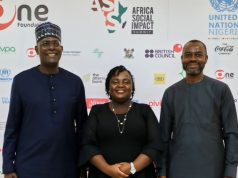The Federal Government has proposed the abolition of the 6-3-3-4 education system in Nigeria and recommended a 12-year basic education model.
Minister of Education Dr. Tunji Alausa spoke on the transition during the 2025 Extraordinary National Council of Education meeting in Abuja on Thursday.
The 6-3-3-4 policy provides that a child spends six years in basic school, three years in junior secondary school (JSS), three years in senior secondary school (SSS) and four years in tertiary institution. The proposed policy will scrap the JSS and SSS structure.
Alausa explained that the introduction of the 12-year basic education model will bring Nigeria’s educational system into compliance with international standards and provide uninterrupted learning for pupils until they are 16 years old.
“Extending basic education to 12 years will ensure a standardised curriculum that is uniformly implemented across the nation,” said the minister.
He added, “This will also facilitate early exposure to vocational and entrepreneurial skills, preparing students for both higher education and employment.”
The Minister noted that the new policy, if adhered to, will reduce the number of dropouts and provide a better chance for students to complete their education by eliminating financial and systematic obstacles preventing them from finishing secondary school.
“Many developed nations have implemented similar systems where basic education spans 12 years, ensuring that students acquire foundational knowledge before specialising at tertiary levels.
“This reform also aligns Nigeria’s education system with international standards, fostering better educational outcomes and global competitiveness,” Alausa said.
He added that the new policy will lead to a more educated population, driving economic and social growth, stressing, “Educated youth contribute significantly to national development.”
We have recently deactivated our website’s comment provider in favour of other channels of distribution and commentary. We encourage you to join the conversation on our stories via our Facebook, Twitter and other social media pages.








